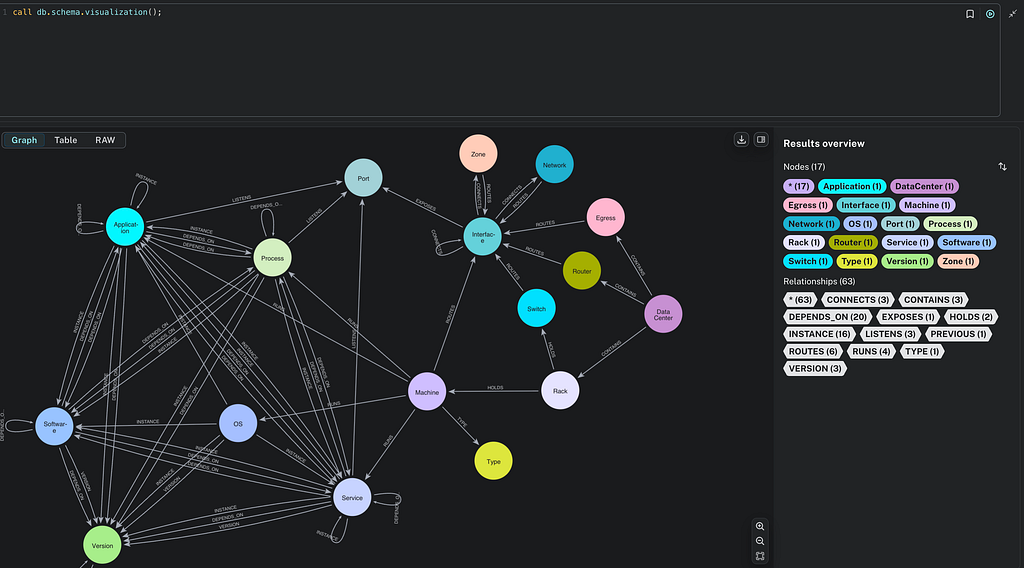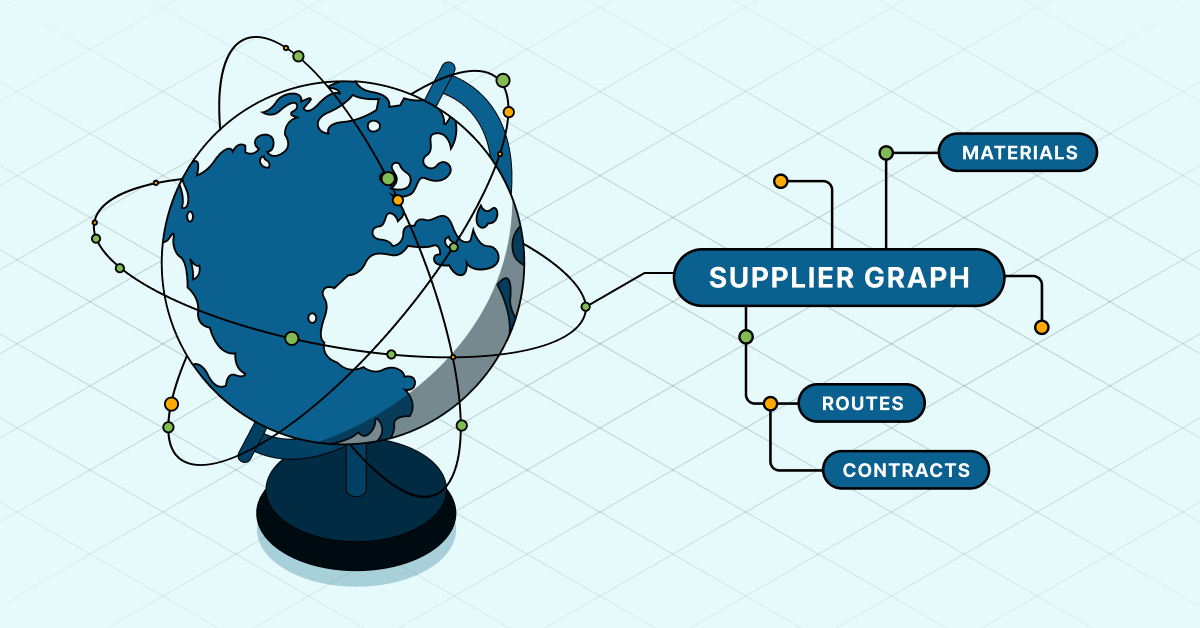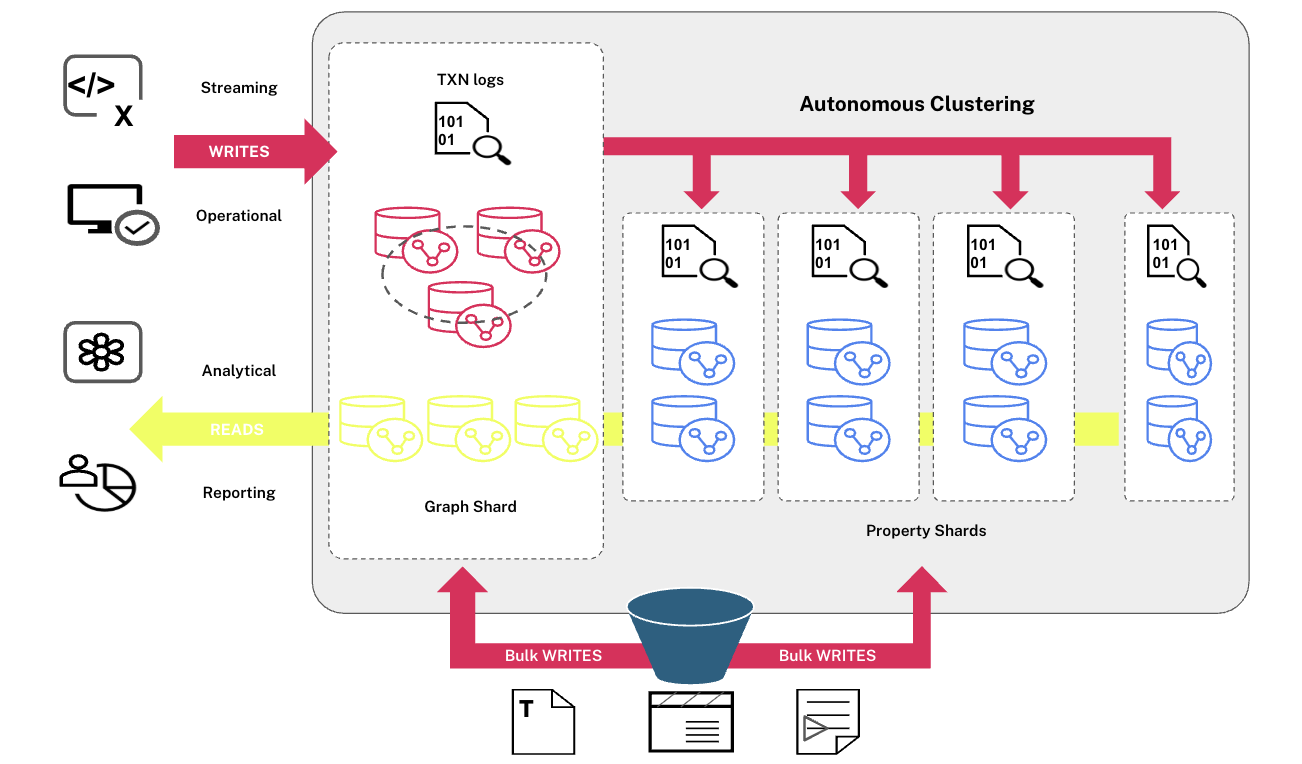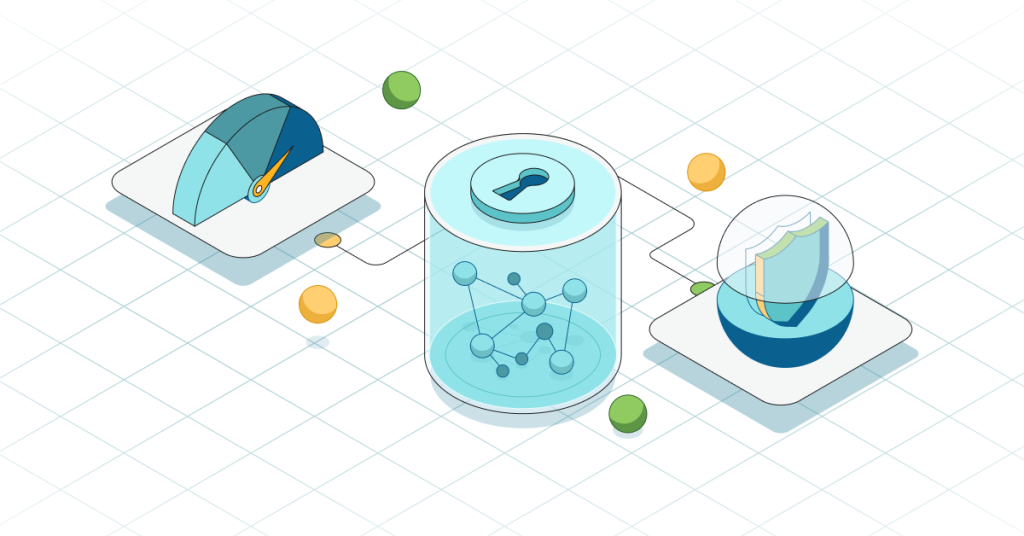The 5-Minute Interview: Suellen Stringer-Hye, Vanderbilt University

Editor-in-Chief, Neo4j
7 min read
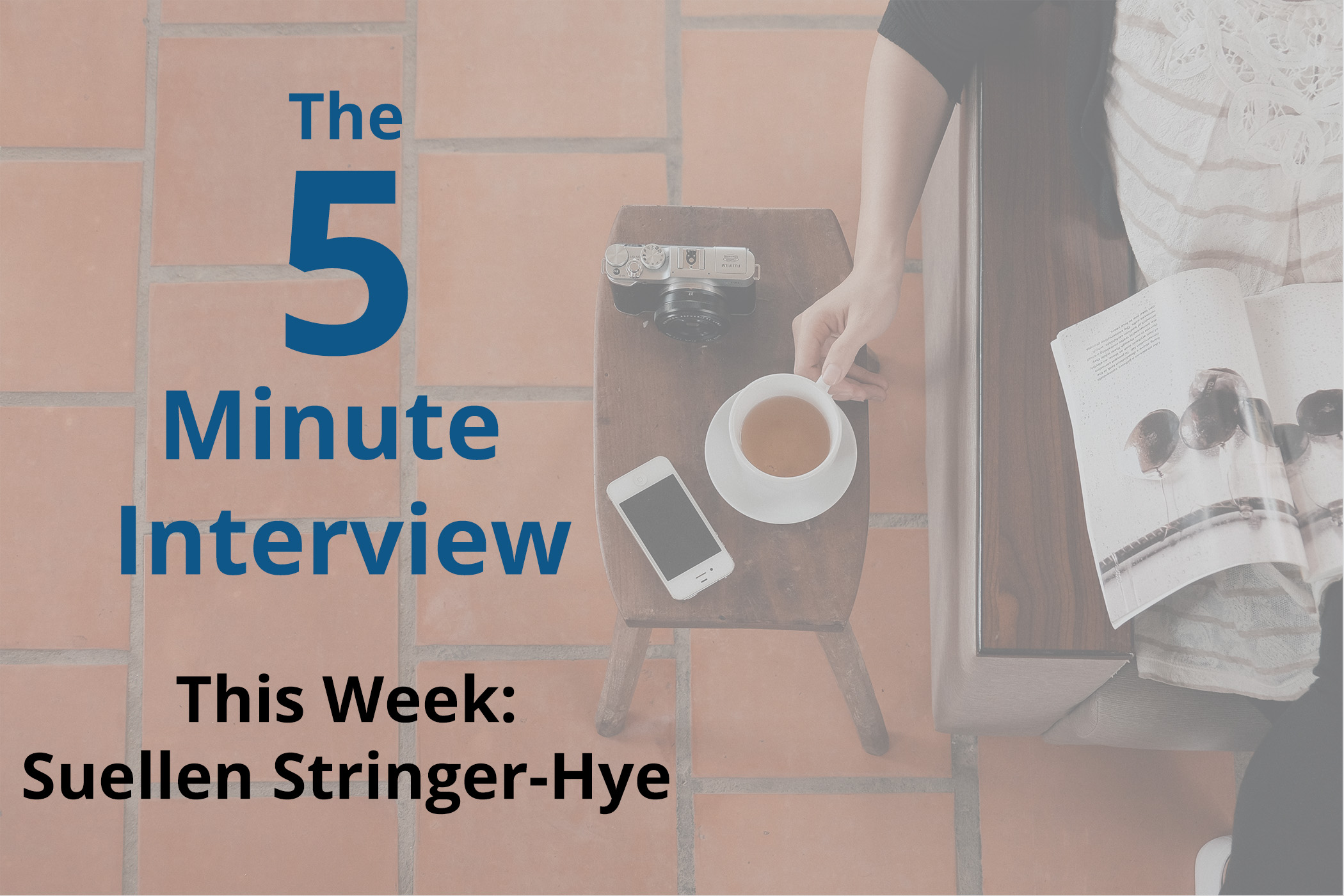
 This week’s 5-minute interview is with Suellen Stringer-Hye, the Linked Data and Semantic Web Coordinator at Vanderbilt University libraries. I caught up with Suellen at GraphConnect San Francisco after she delivered an amazing lightning talk on using Neo4j in the digital humanities.
This week’s 5-minute interview is with Suellen Stringer-Hye, the Linked Data and Semantic Web Coordinator at Vanderbilt University libraries. I caught up with Suellen at GraphConnect San Francisco after she delivered an amazing lightning talk on using Neo4j in the digital humanities.
Q: Can you talk to me about how you’re using Neo4j?
Suellen: We’re using it in a lot of different ways. One the big ways that we’re using it is in the digital humanities.
We have projects that are as small as using it to analyze literary works and then sometimes we use it to do something bigger. One of our projects was to take a set of letters by Flannery O’Connor that the library owns in special collections and then we created some metadata from those letters and put them into an Excel spreadsheet. We then loaded that data into Neo4j, and we were able to ask questions about those letters that we wouldn’t have been able to ask otherwise.
Another upcoming project is that we’re looking at art books, and we’re going to analyze what some of the artistic genealogies are with some famous artists so we can find out who mentored who and that sort of thing. That’s another project that’s coming up.
Q: What are some of the most surprising results you’ve seen from your use of Neo4j?
Suellen: Well, when we created the graph of Flannery O’Connor’s letters, everybody was just amazed. It didn’t seem like it was going to be that interesting per se, but when we were able to look at the graph visualization of all these letters and who she wrote to and the dates, it just brought home the quantity of correspondence that she had.
Everybody always says, “Flannery O’Connor wrote a lot of letters.” But somehow until you see it visualized like that, it just didn’t have the same impact. So I think that was really kind of profound.
Q: Can you talk to me about why you guys chose Neo4j specifically?
Suellen: I’ve got to give a shout-out to our team leader Cliff Anderson, who brought Neo4j to me. I had been doing Semantic Web things a long time ago, but then I had gone off and done some more like library communications and things like that.
When Cliff came, he had seen some of the stuff that I had been doing on Semantic Web and early XTM (which was a topic map standard) and some RDF stuff. He said, “You should look at Neo4j, it’s really interesting.”
So I agreed; I wasn’t that thrilled to do it, but he was the team leader. Then, when I got there, I realized that Neo4j solved a lot of the problems that we had run into earlier with XTM. Neo4j had a really great user interface and a great sandbox that I could show people, and they could even use it themselves.
I wasn’t just telling them about it – I could actually show it to them. I realized that Neo4j was investing in the right stuff to get word out about what’s going on. We liked it for that reason.
Q: If you could take all your knowledge of what you’ve gained about Neo4j and go back to the beginning, what would you do differently?
Suellen: Gosh, what would I do differently? I think that I would not have gotten so freaked out about Cypher errors.
I would look at those early Cypher errors, and I’d think, “Oh, my God, I can’t figure this out.” Then eventually I realized it was just punctuation. I would just stay more calm about it, because I really went through a period of thinking Neo4j was not something I was ever going to be able to do.
Then came to realize it’s really not that big of a deal. I can do this, so don’t panic.
Q: Anything else you want to add or say?
Suellen: Digital humanities is a burgeoning field, and as a colleague said to me the other day when we were at a digital humanities convention, “Graph databases really augment humanistic research.”
I would say that’s the truth because we’ve been so long constrained by the structured databases or with the ideas of RDBMSs. I think Neo4j’s just going to open up a lot for what we can do in digital humanities.
Want to share about your Neo4j project in a future 5-Minute Interview? Drop us a line at content@neotechnology.com
Want in on projects like this? Click below to get your free copy of the Learning Neo4j ebook and catch up to speed with the world’s leading graph database.



